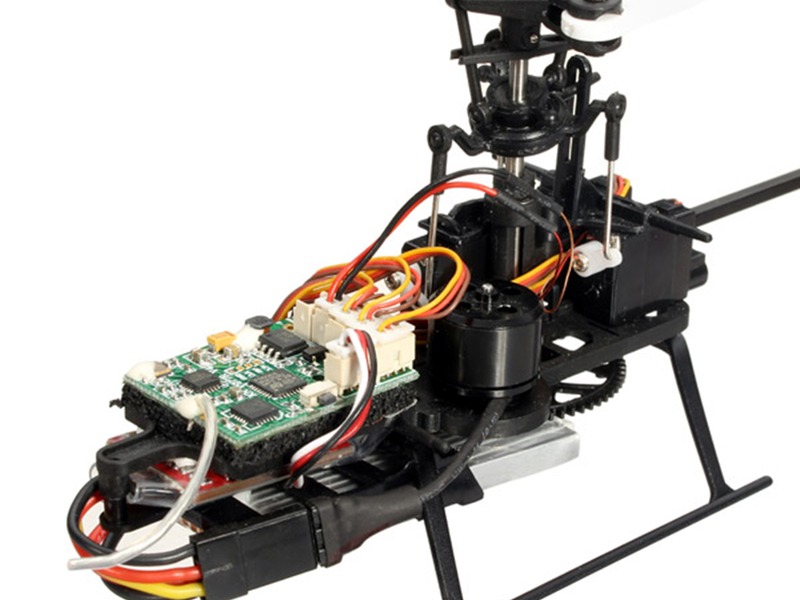Can a helicopter fly over the ocean?

Yes, it is possible for a helicopter to fly over the ocean. A helicopter is a rotary-wing aircraft that is capable of vertical takeoff and landing, and can therefore fly relatively close to the surface of the water. The design of a helicopter allows it to fly for long distances and over long stretches of open water.
The main limitation to a helicopter flying over the ocean is the range of the aircraft. Helicopters are typically limited to a range of several hundred miles, although some models can fly up to 1,000 miles. Additionally, the endurance of a helicopter is typically limited to around several hours, depending on the model and the payload that it is carrying. This makes it difficult for a helicopter to fly over large expanses of open water, as they can only cover a certain distance in a given amount of time.
However, helicopters can be outfitted with extended tanks and other modifications that can increase the range and endurance of the aircraft. This can make it possible for the helicopter to fly over the ocean for longer periods of time, although the range of the aircraft is still limited. In addition, helicopters can also be fitted with an autopilot system, which can allow the craft to fly for longer periods of time with minimal input from the pilot. This can be extremely useful for long-distance flights over the ocean, as the autopilot can be used to keep the aircraft on course and maintain its altitude.
Another limitation to a helicopter flying over the ocean is the weather. Depending on the location, the weather can be unpredictable and can even become hazardous at times. This can create significant risks for a helicopter flying over the open ocean, as the aircraft may have to contend with strong winds, storms, and other hazardous conditions. Additionally, helicopters may have to contend with strong turbulence and updrafts that can cause the craft to become unstable, or even crash.
Overall, a helicopter can be an extremely useful tool for flying over the ocean, but the limitations of the aircraft must be taken into account. The range and endurance of the helicopter must be considered, as well as the potential for adverse weather conditions. A helicopter that has been outfitted with extended tanks and other modifications can be used to fly over the ocean, although even then the aircraft may be limited and the flight may require careful planning.
Comments / Question
2. Make sure the weather conditions are suitable for safe flight operations over the ocean.
3. Be aware of the local terrain and distance from land.
4. Have an adequate emergency plan for communication, navigation, search and rescue, and medical aid if needed.
5. Have a thorough understanding of and adhere to all applicable regulations regarding operations over water.
6. Ensure that the helicopter is equipped with all necessary safety equipment.
7. Establish an altitude and flight path that will offer the best chance of successful navigation, communication, and rescue should something unexpected occur.
8. Be prepared for challenges posed by darkness, wind, waves, and limited visibility.
9. Monitor the fuel levels and check the engine performance regularly.
10. Maintain a safe distance from other aircraft in the area.

